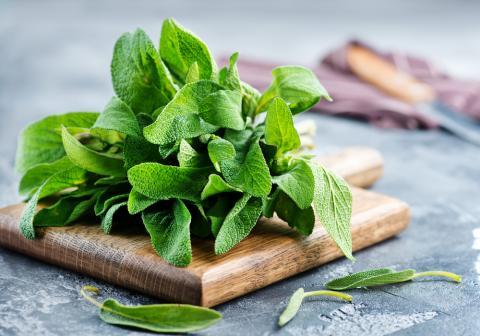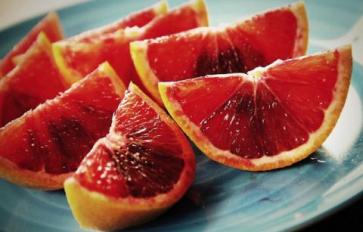
Herbs, Herbs and More Herbs:
Celery:

Average Cost Per Pound In U.S. and Midwest Region
$1.37
Time to Reach Maturity
130-140 days
Scraps To Garden:
- Save the base of the celery (white part), rinse it off
- Place the base in a bowl or saucer with warm water with stalk side up
- Put the saucer where it can get some sunlight
- Leave the celery in the bowl for about a week, changing the water every 2 days or so
- Spray the center of the base with water during this phase
- When the leaves in the center of the base begin to thicken, it is time to transplant it to the soil
- Mix organic compost and fertilizer in the soil prior to planting
- Cover the base with soil in a pot, planter or directly in the ground outside, leaving a little bit of the leaves out
- Plant them about 10 – 12 inches apart
- Water generously – celery loves water!
- Use a substantial amount of mulch and compost around the plant to retain moisture
- Celery requires generous amounts of food; therefore it is recommended to use organic fertilizer to keep it growing
- When planting, be mindful of the season: celery thrives best in 55 to 70 degrees Fahrenheit temperature
- You can harvest when they are about 8 inches tall
Food for thought -- the greener the stalks, the more nutrients they contain. However, the more color it has, the tougher the celery becomes.
Fun Facts:
- Celery is an aphrodisiac. It contains a hormone released by men through the sweat glands called androsterone that attracts females.
- The ancients regarded celery as medicine as opposed to food. It was the Italians who first used celery for food.
- Celery is an herb belonging to the Apiaceae family, which includes carrots, parsley and fennel.
Basil, Sage, Mint and Rosemary

Average Cost In U.S. and Midwest Region
Basil: $5- $10 per package
Rosemary: $2 per half ounce
Fresh Mint: $7.75 per 0.75 ounces on Amazon.com
Fresh Purple Top Sage: $62 for a 3 ounce container on Amazon.com
Time to Reach Maturity
4-8 weeks
Scraps to Garden
- Immediately immerse fresh stems in a glass of cool water. Water level should be below the line where the leaf meets the stem
- Cover them loosely with a plastic bag and leave at room temperature
- Wait about 1- 2 weeks for roots to sprout
- When the roots have about 2 inches in length, transplant them to moist potting soil
- Firm the soil around the roots and water them
- Transplant them to the garden when new growth forms
Basil:
- Basil loves the sun, so make sure you plant in a sunny area
- When it has developed two sets of full leaves, spread the plant out 12 inches apart
- Keep sowing new plants every few weeks to maintain good flavor
Sage
Sage loves full sun and loves well-drained soil
Never overwater
Cut back the stems after they have bloomed
Mint
Prefer shade or partial shade
Plant in rich, moist soil
Plant mint by itself to prevent it from taking over the garden
Pinch the flowers back to get bushy growth
Rosemary
- Rosemary loves the sun and well-drained soil
- Prune the plant after it has flowered to achieve a bushier growth
Fun Facts
- Basil is considered sacred in the Hindu culture as it is believed to be a favorite of the gods.
- Basil is believed to be a sign of love and devotion between young couples in certain cultures.
- Sage means to heal or save, coming from the Latin word salvia derived from the word salvare which means to save.
- Clary Sage, which means to clarify, was used to treat inflamed eyes. It also has anti-anxiety effects.
- There are 24 true species of Mint. The hybrid varieties bring it up to about 2000 species.
- Peppermint is a hybrid that came about in the mid-17th century.
- Rosemary is believed to sharpen the mind and memory.
- Rosemary is used as a preservative by modern food processors.
“All that man needs for health and healing has been provided by God in nature, the challenge of science is to find it.” Philippus Theophrastrus Bombast that of Aureolus Paracelsus (1493-1541)
References:
- http://www.herbinfosite.com/?page_id=305
- http://www.almanac.com/plant/celery
- http://servingjoy.com/fun-facts-of-celery/
- http://www.herbinfosite.com/?page_id=1035
- http://www.herbinfosite.com/?page_id=337
- http://www.herbinfosite.com/?page_id=1043








